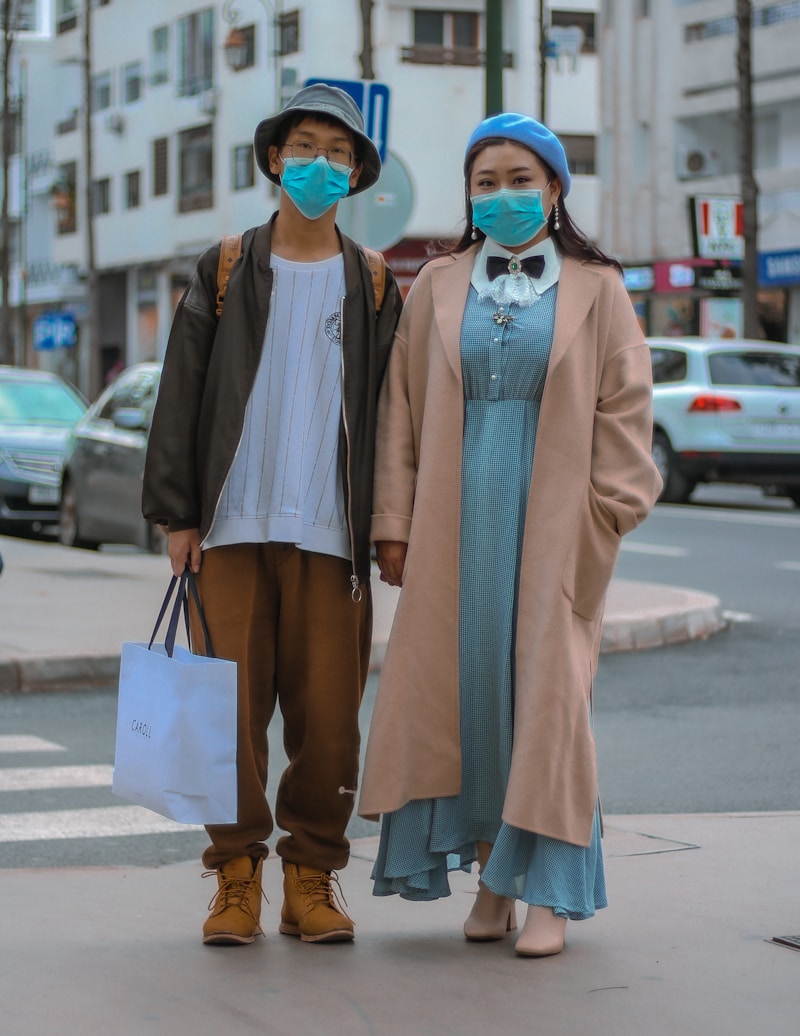Aesthetic Appeal and Wearability: The Perfect Balance in Fashion
Aesthetic Appeal and Wearability: The Perfect Balance in Fashion
In today's fast-paced fashion industry, the terms aesthetic appeal and wearability have emerged as two of the most significant considerations for both designers and consumers alike. As trends evolve, the question remains: How can fashion enthusiasts strike a balance between looking fabulous and feeling comfortable? This article explores the intricate relationship between aesthetic appeal and wearability while offering practical insights for achieving this desirable equilibrium.
Understanding Aesthetic Appeal
Aesthetic appeal refers to the visual attractiveness and overall beauty of an item, whether it be clothing, accessories, or footwear. Aesthetic preferences can vary widely among individuals and cultures, influenced by factors such as color schemes, patterns, textures, and shapes. For instance, vibrant colors and intricate patterns may attract someone, while others might prefer minimalistic and understated designs. It is essential to understand that aesthetic appeal is subjective; what is appealing to one person might not resonate with another.
The Role of Trends
Fashion trends play a crucial role in shaping aesthetic preferences. Designers often draw inspiration from art, nature, and societal events, impacting what consumers find appealing at any given moment. For example, during fashion weeks, emerging trends are showcased that dictate the upcoming season's aesthetics, influencing how and what consumers choose to wear. 
| Current Trends in Aesthetic Appeal | Description |
| Bold Colors | Vivid and vibrant hues that make a statement. |
| Eco-Friendly Materials | Use of sustainable fabrics that appeal to the environmentally conscious consumer. |
| Mixing Patterns | Combining different prints and textures for a fashionable look. |
| Neon Accents | Adding neon elements to an otherwise neutral outfit. |
The Importance of Wearability
On the flip side, wearability pertains to how comfortable and practical an item is for daily life. It encompasses properties such as fit, flexibility, and the ease of movement. No matter how aesthetically pleasing a piece of clothing may be, it loses its value if it is uncomfortable or impractical. Wearability is crucial for individuals who lead active lives or those who seek functional attire for various occasions.
Factors Influencing Wearability
Several elements contribute to the overall wearability of an item:
- Fabric Choice: The type of fabric significantly affects how comfortable a piece feels. Breathable materials like cotton or linen enhance comfort, while synthetic fabrics may cause discomfort.
- Fit: A well-fitted garment allows for ease of movement and comfort. Understanding body shape is essential for choosing wearables that enhance natural curves without being restrictive.
- Functionality: Features such as pockets or adjustable elements can enhance the functionality of clothing.
Finding the Balance Between Aesthetic Appeal and Wearability
Achieving the ideal balance between aesthetic appeal and wearability is critical for a successful wardrobe. Here are some tips to help you navigate this dilemma:
1. Prioritize Your Personal Style
Your wardrobe should reflect your unique personality. Wear clothes that resonate with you while ensuring they are comfortable and functional. Personal style can be a mix of various aesthetics, providing both appeal and wearability.
2. Invest in Versatile Pieces
Investing in classic pieces like a tailored blazer or a comfortable pair of jeans can solve the style vs. comfort conundrum. Such pieces can be styled in numerous ways, providing aesthetic variety without compromising wearability.
3. Experiment with Layering
Layering can enhance an outfit's aesthetic appeal while keeping comfort in check. A basic outfit can be elevated with stylish layers like cardigans or long coats, which can also be removed if the weather changes.
Common Questions Regarding Aesthetic Appeal and Wearability
Consumers often have questions regarding how to navigate the domains of appealing yet wearable fashion. Here are some common inquiries:
- Can I wear something that is stylish but uncomfortable?While it’s tempting to wear visually stunning pieces, prioritize comfort for daily wear.
- Are comfortable shoes still fashionable?Absolutely! Many brands focus on creating stylish yet comfortable footwear that meets aesthetic standards.
- How do I choose clothing for different occasions while maintaining style?Consider the environment, dress code, and personal comfort when selecting your outfit.
Conclusion
In conclusion, the interplay between aesthetic appeal and wearability is vital in the fashion landscape, influencing consumer choices and designer creations. As fashion evolves, staying informed about trends while prioritizing personal comfort is essential. By investing in versatile clothing, understanding your unique style, and balancing the aesthetics of fashion with practical wearability, you can enjoy a wardrobe that both looks fantastic and feels great.
Ultimately, remember that your confidence and comfort are most appealing to others. Make thoughtful fashion decisions that represent who you are, and you'll find the ideal balance between aesthetic appeal and wearability.
